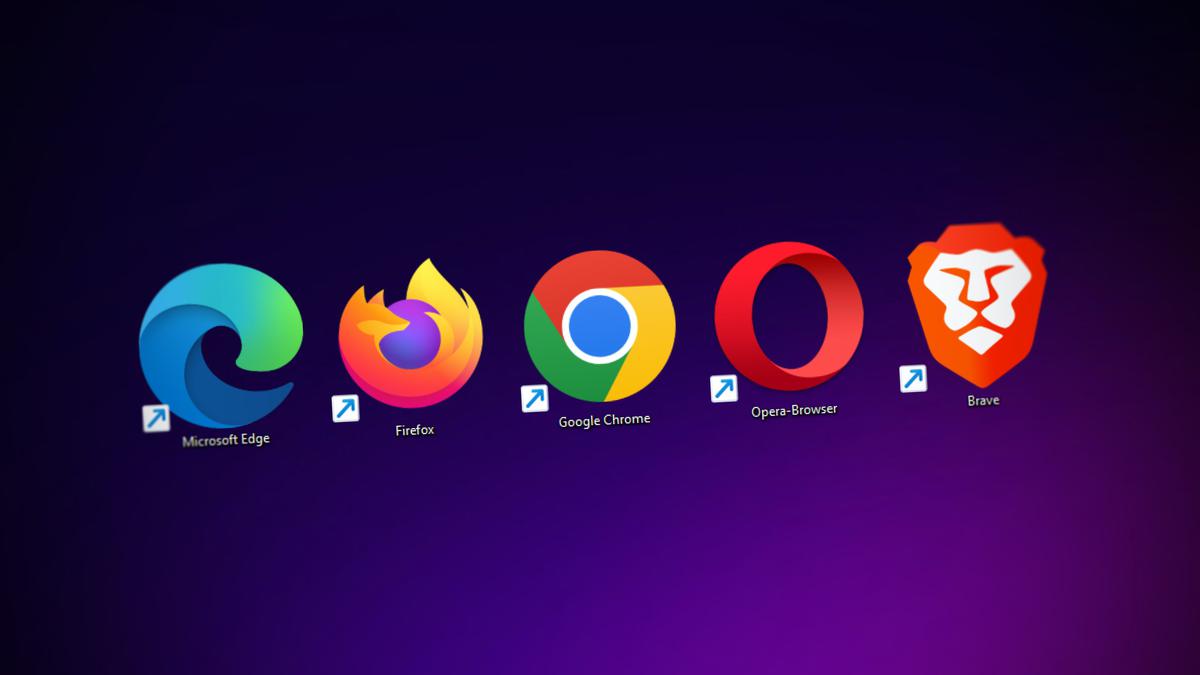The web, with its vast knowledge and endless resources, is readily accessible thanks to a crucial piece of software: the web browser. But how exactly does this unassuming program translate lines of code into the captivating, interactive websites we experience? Let’s embark on a journey to uncover the secrets behind your web browser.
When you type a URL into the address bar, several intricate steps take place. The browser first interprets the URL and contacts a Domain Name System (DNS) server, acting like a digital phone book, to translate the human-friendly address into the IP address of the web server hosting the website.
Next, the browser sends a “request” to the server, asking for the desired content. The server responds by sending the website’s files, including the HTML code, which defines the page’s structure, CSS files for styling, and JavaScript for interactivity.
Once the files are received, the browser begins its magic. The HTML code is parsed, creating a Document Object Model (DOM), a tree-like structure representing the page’s content and layout. Simultaneously, the CSS files are processed, applying styles and formatting to the DOM elements.
But the magic doesn’t stop there! JavaScript code embedded within the page is then executed, adding interactivity and dynamic features. This allows for elements like animations, login forms, and interactive maps to function.
Finally, the browser renders the page on your screen. It combines the styled DOM elements with the visual elements like images and videos to create the complete website you see and interact with.
This complex dance of code, servers, and your browser happens in milliseconds, seamlessly presenting the vast information of the web at your fingertips. So, the next time you explore the internet, remember the incredible journey behind every click and scroll, powered by the unseen magic of your web browser.
